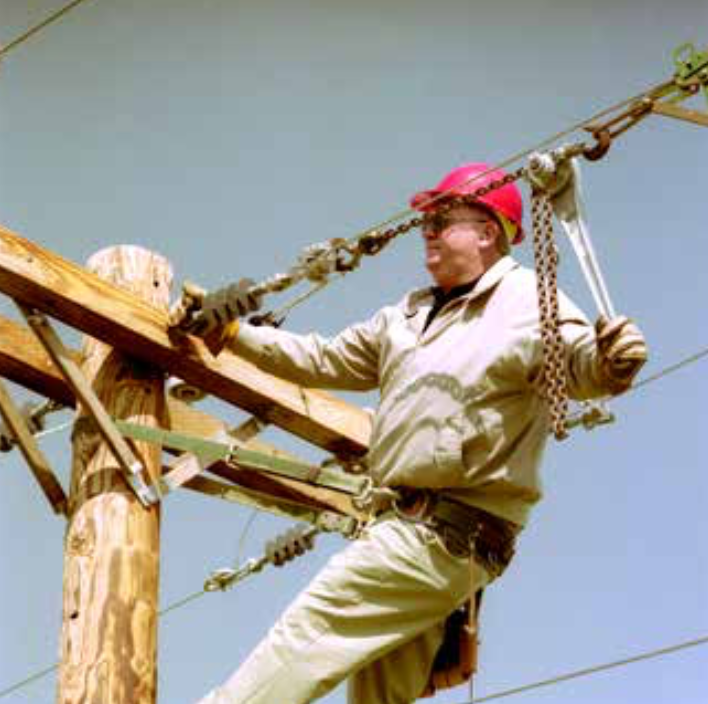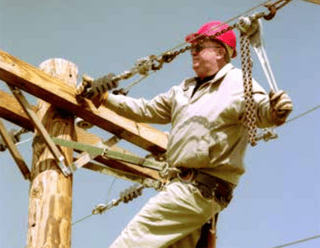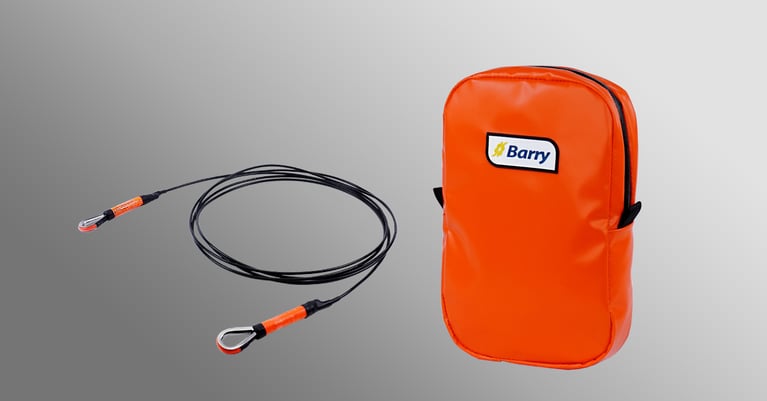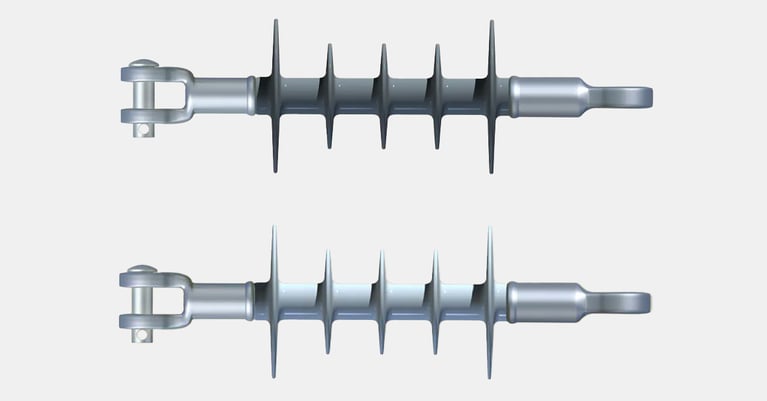Written by Hubbell Power Systems on October 23, 2017
For the hoist user, long-term dependable performance is easy to obtain by following simple work guidelines and exercising proper maintenance.

For the hoist user, long-term dependable performance is easy to obtain by following simple work guidelines and exercising proper maintenance. Basic safety rules apply when using ratchet hoists.
 Never use a hoist over its rating. If in doubt, check the load or use a stronger hoist
Never use a hoist over its rating. If in doubt, check the load or use a stronger hoist- Use a hoist only in a hook-to-hook straight line. The hoist body, chain or strap should never contact any device or surface which can put the hoist in a bind
- Take up only static loads. Hoists are not built to withstand impacts or vibrations
- Keep hoists clean and lubricated
- Never depend on the nylon strap for insulation safety in hot line work
- Never lift or support personnel in any way
Dos & Don’ts
- Rated Capacity – Never put a cheater bar on the hoist handle. If you can’t readily take up the load with the handle that is furnished, you need a bigger hoist. Overloading a hoist can result in damage and a possible accident. It can also damage the hoist, a condition that could cause a future accident.
- Straight Line Rigging – If the hoist is in any kind of a bind or if the chain and/or body is making a forcible contact with any object, the hoist is being used improperly. Use as a choker (where the chain or strap is wrapped around the load) or as a load binder (to secure loads on vehicles) invariably violates this rule.
- Not a Load Binder – Using a hoist as a load binder violates three of the five basic guidelines to be followed when operating hoists. When used as a load binder, hoist rated capacity is likely to be exceeded. In most instances, a hook-to-hook straight line application cannot be obtained. In all cases, traveling loads cause both impact and vibration.
- Avoid Self Ratcheting – This is a fast but dangerous way to lower loads. Under certain load conditions with the hoist in the lower mode, a flip of the handle can result in rapid back and forth motion. This is a result of a match between the load mass and the natural oscillation frequency of the handle. It results in a repetitive and rapid fire impacting of the hoist (and probably the other rigging as well) that a hoist is not designed to withstand. Lowering of the load should always be accomplished through manual jacking of the hoist handle.
- Keep Clean and Lubricated – To work correctly, hoists have to be clean. You’ve learned to keep sand and dirt out of your fishing reel, so it is with a hoist. Give it the same consideration. It has parts machined to tighter tolerances than your favorite reel.



 Never use a hoist over its rating. If in doubt, check the load or use a stronger hoist
Never use a hoist over its rating. If in doubt, check the load or use a stronger hoist

